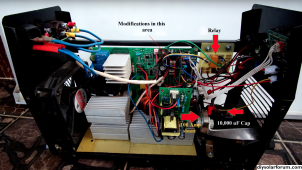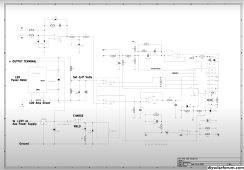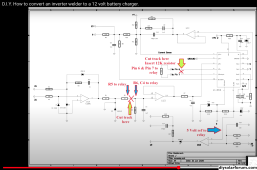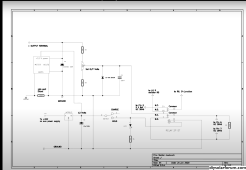DPC
Solar Enthusiast
I made a test and my stick welder seems to work with normal 12V car battery. I'm going to try it with this big one (on four segments of course), but I'm not going to do it inside. It means that I have to wait until weather suits my forklift. Also not sure if my welder works with this big battery at all.
I've seen videos people doing it while the battery is still inside the car, so I assume battery being full is not an issue? This way the current is making heat = twisting those plates to knock off sulfation?
Cant see the big chargers in this photo....
After a while motor crews get lazy and don't charge enough.
After deep discharges the batteries get weak and are starting to sulphate.
That's when they start calling about a dead loco on the track without enough power to get to a charger
It seems to help putting a heavy load on in short burst with some mechanical agitation, then back to the car barn for an equalization charge.
Batteries get warm and somewhat revive after doing this for an afternoon.
I'm no expert but I suspect the heat sudden loads higher than normal charge rates and mechanical shock of a good thrashing starts to crack up the hard sulphate film that develops on the cells.
.
WAY back when I was a wee lad my gramps used to take the un-serviceable batteries from the 1960s pre-solar system and drain and wash them out.
He would define un-serviceable by hydro reading if some cells were weak and that battery was pulling down the system.
He'd put them in a steel washtub fill with clean water start a fire under them and gentle stew for an hour or so.
A surprising amount of crud would be loosened up.
Then wash again refill with electrolyte and charge.
I don't think it made much difference, after a while there's very little use able material on the plates.
But squeeze the last blood from the stone before they went to recycle.

Last edited:






